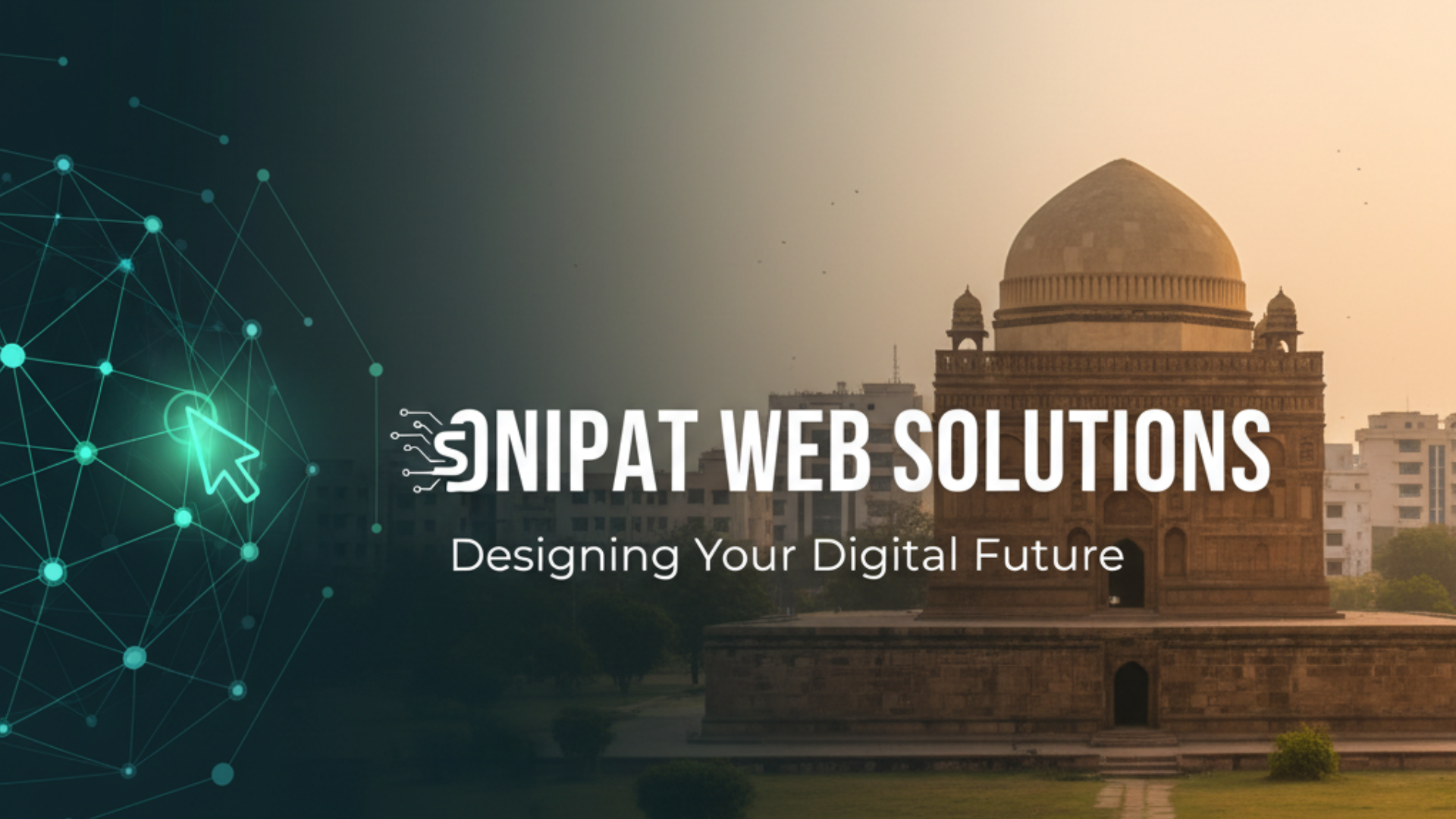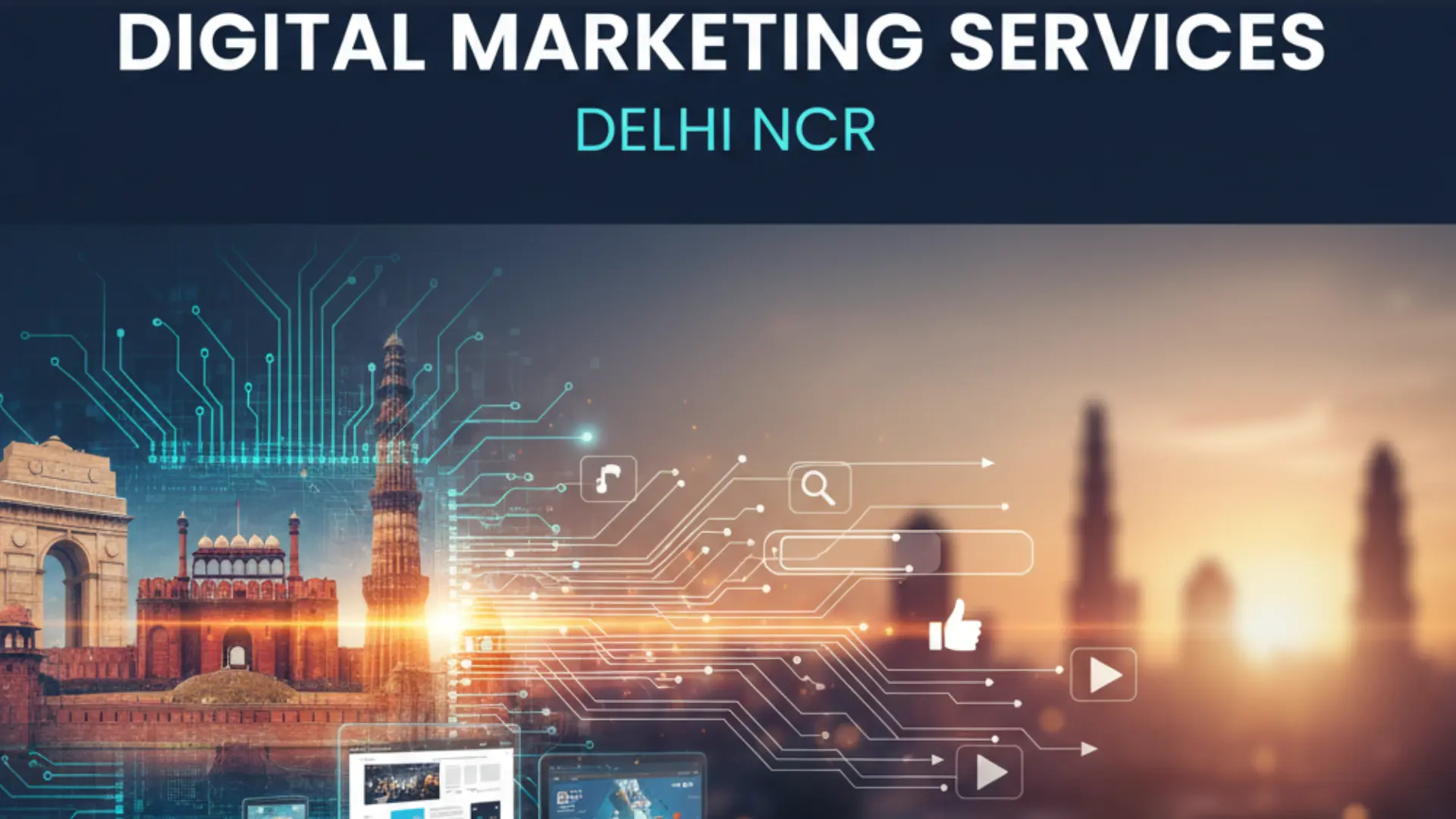- By Admin
- SEO
How to Optimize Your Website for ChatGPT and AI Search Results in 2025
How to Optimize Your Website for AI Visibility and ChatGPT Rankings
In the constantly changing digital world, the significance of web visibility is much more than the traditional use of search engines. Thanks to AI, platforms, such as ChatGPT are able to have more impact on how users search for information. Making the most of AI visibility is becoming more important for increasing organic traffic, and to maintain a competitive advantage, Apricorn Solutions, a web development company in Delhi, helps businesses stay ahead with expert strategies.
Understanding AI Content Discovery
In contrast to the conventional engines, which can browse websites in a structured manner, AI platforms like ChatGPT make use of data to access training data as well as real-time search results that are available on web. To increase the chance of being featured when responding to AI response, you website must show:
Trustworthiness and Authority. credibility in your industry
A logical, precise, and clear source of information that AI will be in a position to understand, such as content related to SEO Services in Sonipat.
The most current and accurate content that is backed from trusted sources, including topics like Performance Marketing Services in Sonipat.
A strong alignment with search queries as well as intentions
Core Optimization Strategies
1. Master E-E-A-T Principles
a) Experience – Share real-world examples, case studies, and personal experiences to show the value of your expertise.
b) Expertise – Develop well-researched content backed by reliable information and industry facts.
c) Authoritativeness – Gain recognition through quality connections, industry partnerships, and thought leadership.
d) Trustworthiness – Provide accurate, complete details and include credible references.
2. Optimize for Conversational Search
a) Target long-tail search terms and conversational queries.
b) Use headings based on common user questions (“How do I…?”, “What is…?”, “Why does…?”).
c) Write in a clear, simple, and natural tone that matches human speech patterns.
d) Address common problems and FAQs directly.
3. Structure Content for AI Comprehension
a) Use descriptive headings and subheadings (H1–H6).
b) Break information into logical sections.
c) Include bullet points and numbered lists for clarity.
d) Keep paragraphs short and focused.
e) Add relevant internal and external links for context.
4. Implement Technical SEO Best Practices
a) Schema Markup – Add structured data for reviews, articles, FAQs, etc., to help AI understand your content.
b) Core Web Vitals – Ensure fast load times, mobile responsiveness, and excellent user experience.
c) XML Sitemaps – Keep updated sitemaps so search engines and AI can easily locate content.
5. Create Comprehensive, Evergreen Content
a) Cover topics in depth, not superficially.
b) Update content regularly with the latest facts and statistics.
c) Include publication and last-updated dates.
d) Build a broad content base to become a go-to source.
6. Build Authority Through Strategic Link Building
a) Guest post on relevant industry websites.
b) Build links from trusted, authoritative domains.
c) Create linkable assets like original research, tools, or in-depth guides.
d) Remove or disavow low-quality backlinks.
7. Diversify Your Digital Presence
a) Upload SEO-optimized YouTube videos with transcripts and keyword-rich descriptions.
b) Engage genuinely on LinkedIn and professional networks.
c) Participate in industry forums and online communities.
d) Maintain consistent branding and messaging across platforms.
Measuring and Improving Performance
8. Track Key Metrics
a) Google Search Console – Monitor organic search performance.
b) Google Analytics – Analyze traffic patterns and user behavior.
c) Brand monitoring tools – Track online mentions.
d) Social media analytics – Measure engagement.
9. Continuous Optimization
a) Regularly review and update existing content.
b) Experiment with different content formats.
c) Stay updated on AI platform changes and best practices.
d) Monitor competitors’ strategies for new opportunities.
Implementation Timeline
-
Months 1–2: Review web content and apply E-E-A-T enhancements.
-
Months 3–4: Improve technical SEO and add structured data.
-
Months 5–6: Publish high-quality content and start link-building campaigns.
-
Ongoing: Monitor performance, update strategies, and optimize content.
Conclusion
Optimizing your website for AI visibility requires a combination of traditional SEO strategies and AI-specific optimizations. By creating genuine, high-quality, well-structured content that meets both user needs and AI requirements, you improve your chances of being featured in AI responses and boosting overall SEO rankings.
Consistency and persistence are key. As AI evolves, websites prioritizing quality, trust, and authority will see the greatest rewards in organic traffic.
Need expert help? Contact Apricorn Solutions to implement these strategies effectively and boost your AI visibility.





